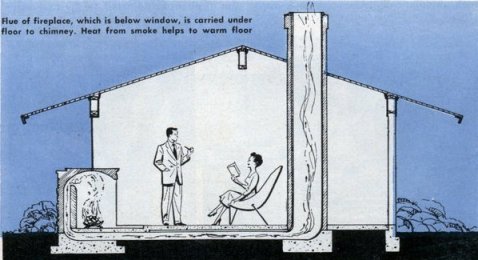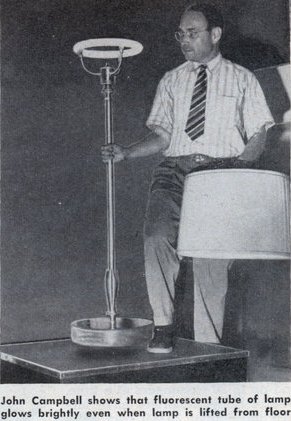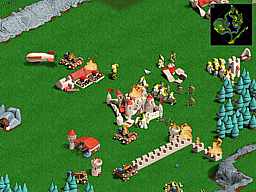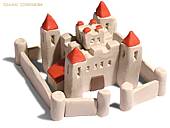In beta test right now, the Personal Software Inspector from security vendor Secunia inspects your installed software and tells you if it is up-to-date, insecure, or at the end of its life.
Test the Secunia PSI (BETA) Technology Preview, an upcoming addition to the Secunia Software Inspector series, based on the proven Secunia File Signatures Technology.
The Secunia PSI detects installed software and categorises your software as either Insecure, End-of-Life, or Up-To-Date. Effectively enabling you to focus your attention on software installations where more secure versions are available from the vendors.
Needless to say, we are very excited about this new free service for the Secunia security community. We appreciate all feedback, thoughts, and ideas that you wish to share with us.
On the security side, Secunia is a good company, so I expect this tool will be good, too. As already noted, its currently in beta, but the final release will still be free for personal use. For more details on the tool, hit the above shortcut or look at the more detailed software information page.
[tags]Secunia, Personal Software Inspector, PSI, Security tools, Software checker[/tags]



 The floor lamps in this “House of the 21st Century” have no electric cords. Their fluorescent tubes, in fact, could be burned out and still operate perfectly when placed over certain spots on the living-room floor.
The floor lamps in this “House of the 21st Century” have no electric cords. Their fluorescent tubes, in fact, could be burned out and still operate perfectly when placed over certain spots on the living-room floor.




 3D Real-Time Strategy. This one caught my eye because the in-game models are based on hand-made real-world plasticine.
3D Real-Time Strategy. This one caught my eye because the in-game models are based on hand-made real-world plasticine.